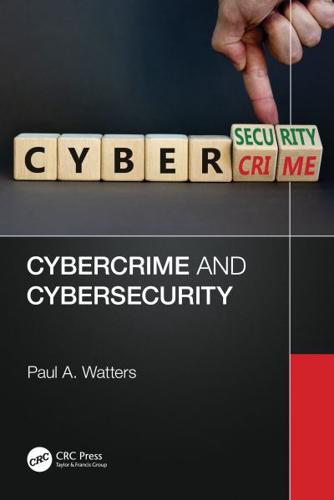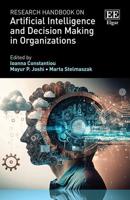Publisher's Synopsis
The field of cybersecurity and cybercrime is a critical and rapidly evolving area of study. As our society becomes more and more reliant on technology, the risks of cybercrime increase. This book provides a comprehensive introduction to the field, covering both cybercrime and cybersecurity.
The book starts by providing an overview of common threats and the risk management view of cybercrime. It explores the different types of threats, such as hacking, malware, phishing, and social engineering, and the various ways in which they can impact individuals, businesses, and society at large. It also introduces the concept of risk management and the different approaches that can be used to manage cyber risks, such as risk avoidance, mitigation, transfer, and acceptance.
From there, the book delves into the three key areas of cybersecurity: people, process, and technology. It explores the role of people in cybersecurity, including staffing, psychological profiling, role sensitivity, awareness, training, and education. It also examines the importance of process, including strategy and governance, policy, configuration management, and physical security. Finally, the book explores the critical role of technology, including system security, identification and authentication, authorisation and access control, and cryptography.
The book is designed to be accessible to a wide range of readers, from first-year students studying cybercrime and cybersecurity for the first time to seasoned professionals who need to better understand the purpose of cybersecurity programmes and controls. It is written in a clear and concise manner, with each chapter building on the previous one to provide a comprehensive overview of the field.
Overall, this book is an essential resource for anyone interested in the field of cybersecurity and cybercrime. It provides a critical introduction to the key concepts, theories, and practices in the field, and is sure to be a valuable reference for years to come.









